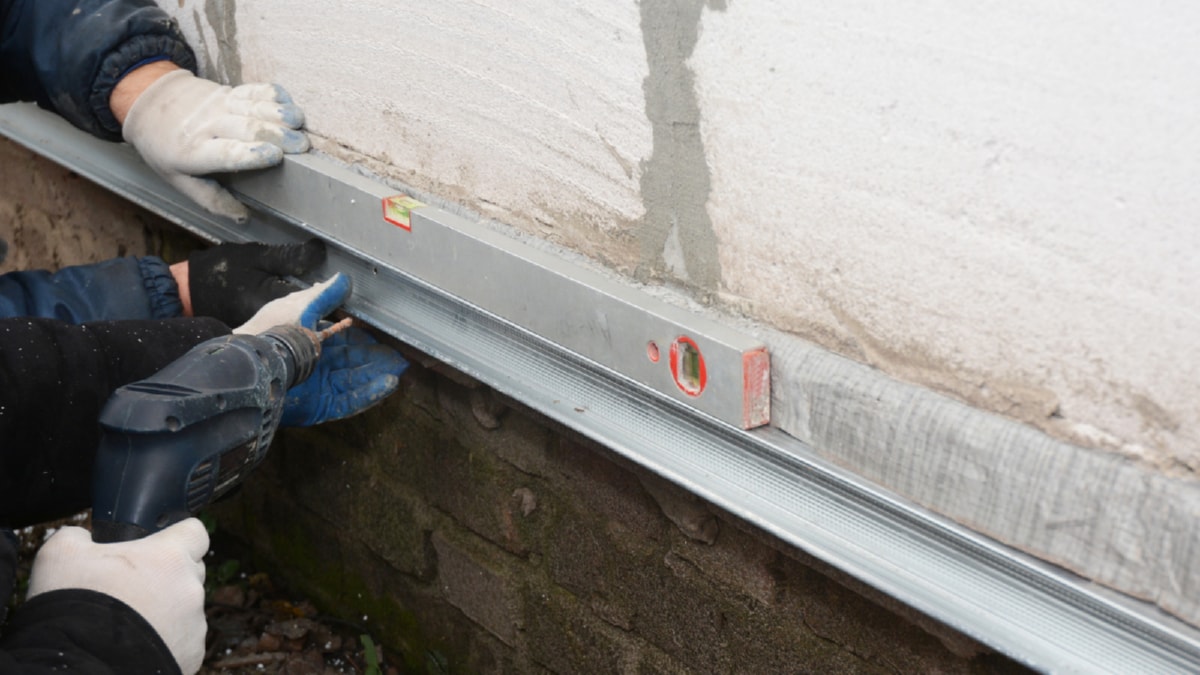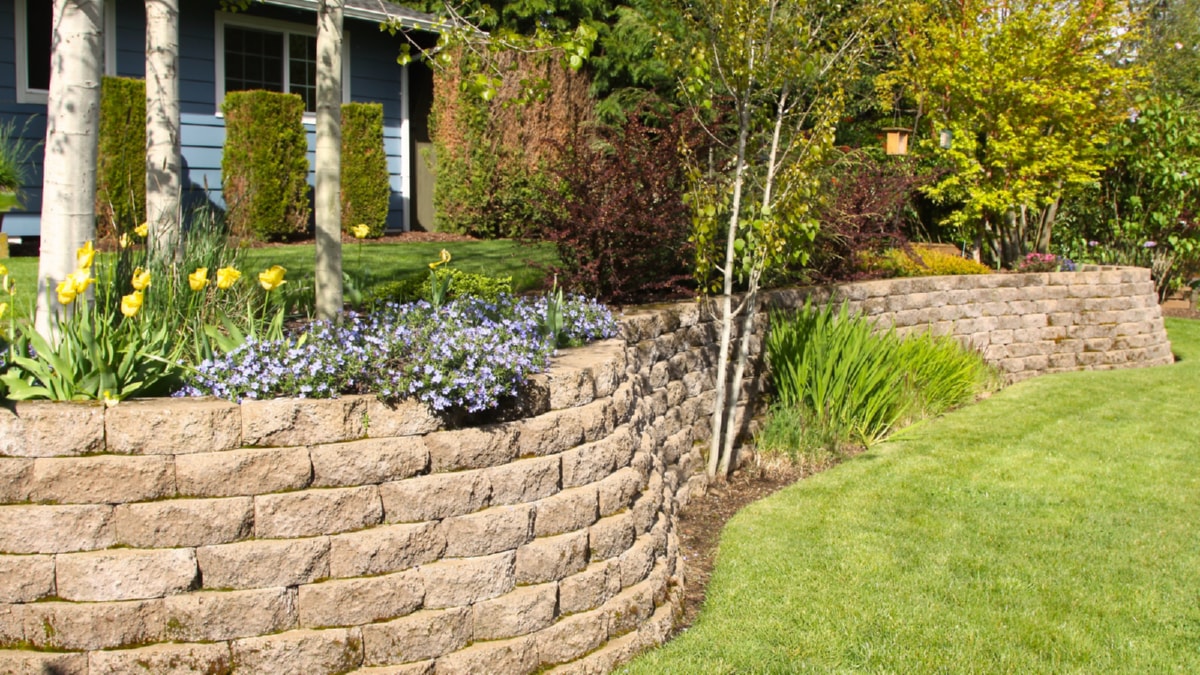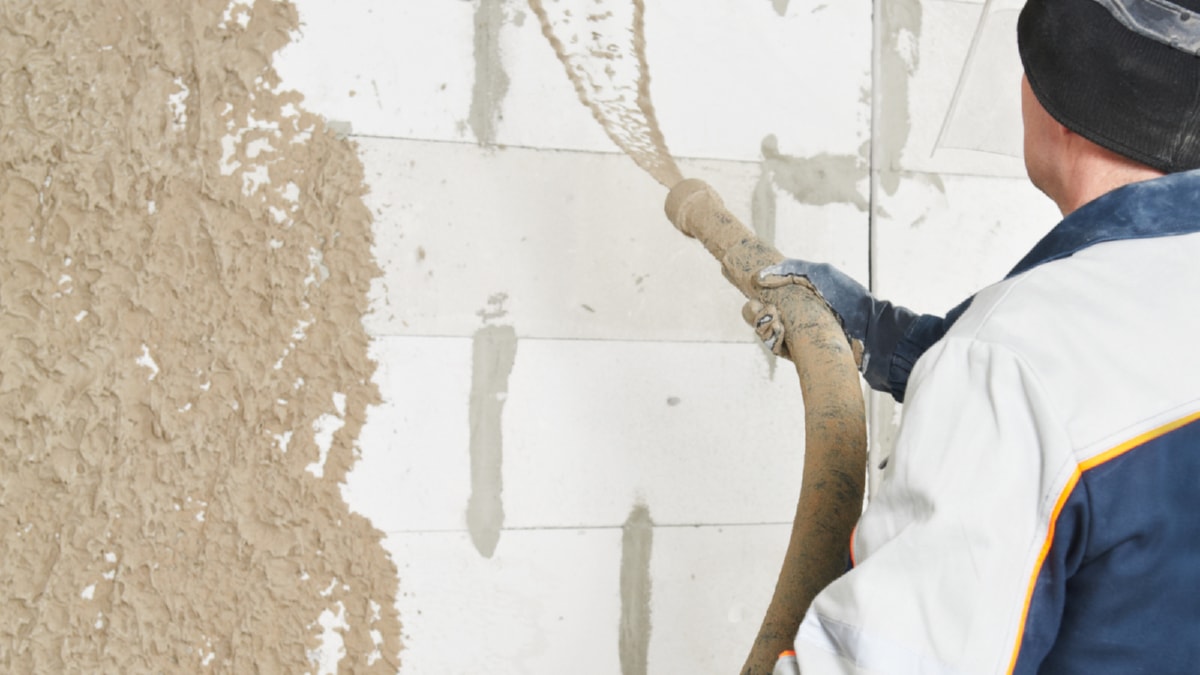A Basic Guide to Home Building
Constructing a residential structure is an exciting endeavor, but it can be overwhelming for those who are new to the process. From laying the groundwork to topping it off, having a clear understanding of the basics can be beneficial. Here’s a brief guide to the process.
The first step in any construction project is clearing and preparing the site. This involves clearing the land of debris, making the ground even, and digging the foundation. Excavation is a critical stage as the foundation supports the entire structure.
Next comes foundation construction. This could be a basement, crawlspace, or slab, depending on the design of the house and the geographical location. The foundation is then poured and left to cure, which can take several days or weeks.
Once the foundation is set, the frame of the house is constructed. This involves building the wall frames, creating the floor systems, and installing the roof structure. This stage of construction gives the house its shape and provides a framework for the remaining construction processes.
The next step is to secure the structure with sheathing and a roof cover. This is typically followed by fitting doors and windows. Then, the siding is added to protect the house from the elements.
After the house is enclosed, the interior work begins. This includes electrical wiring, setting up the plumbing, heating, ventilation, and air conditioning (HVAC) installation, and insulation. Once these are done, wallboards are installed and finishing touches like painting, flooring, and cabinetry are completed.
Constructing a residential building is a complex process, and it requires careful planning and execution. Understanding the basics can help homeowners make informed decisions and ensure a successful construction project. By working with trusted professionals and maintaining open communication, you can ensure your dream home becomes a reality.
The Future of Sustainable Construction
As concerns about climate change and environmental degradation have grown, so has interest in sustainable construction. This evolution in the construction industry aims to minimize environmental impact and promote energy efficiency.
Sustainable construction involves the use of green building materials like recycled steel, bamboo, and reclaimed wood. These materials not only reduce the environmental footprint of the construction process, but also improve the energy efficiency of the completed building.
Innovative designs are also playing a role in sustainable construction. For instance, passive solar design uses natural light and heat to cut down on energy consumption.
Moreover, sustainable construction involves resource conservation. This includes strategies like rainwater harvesting and greywater recycling for water conservation.
The future of sustainable construction looks promising, with continuous advancements in technologies and materials. As the industry continues to evolve, sustainable construction practices will become the norm rather than the exception.
For more details, check best Farmyard Lane Resurfacing Kildare Galway Limerick Mayo Offaly or visit their Farmyard Lane Resurfacing Kildare Galway Limerick Mayo Offalybusiness listing here.




